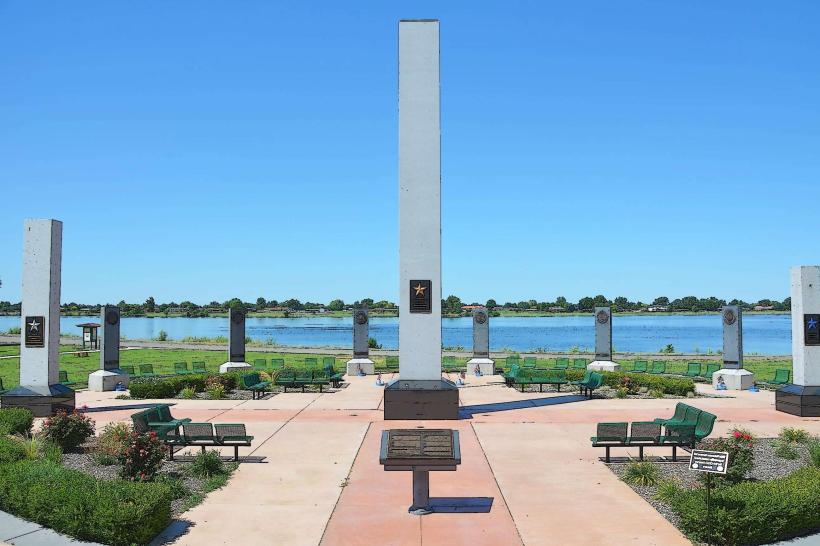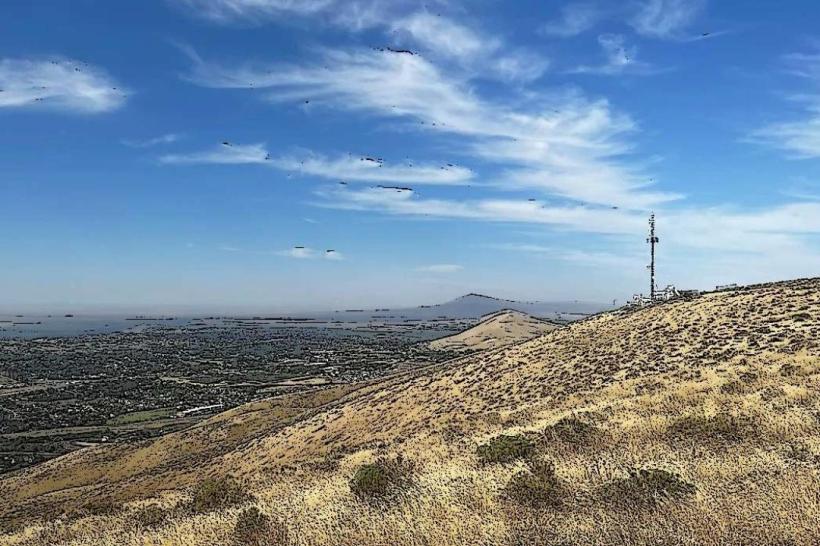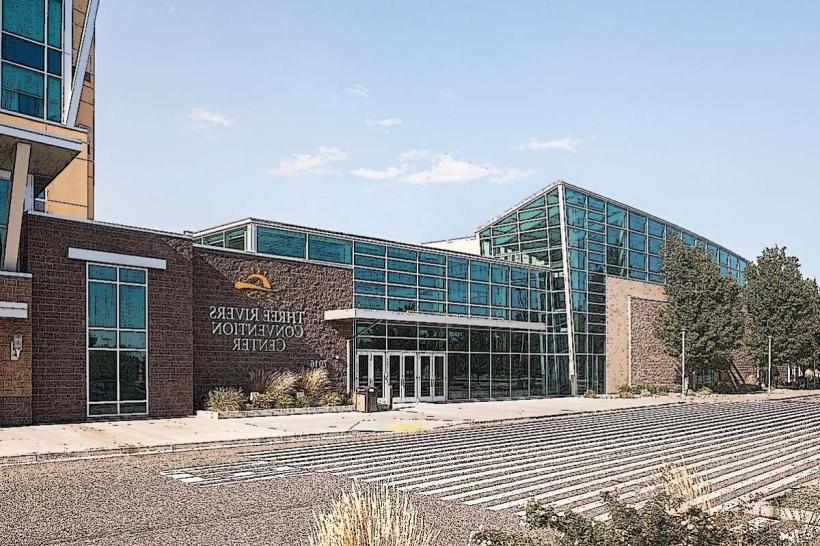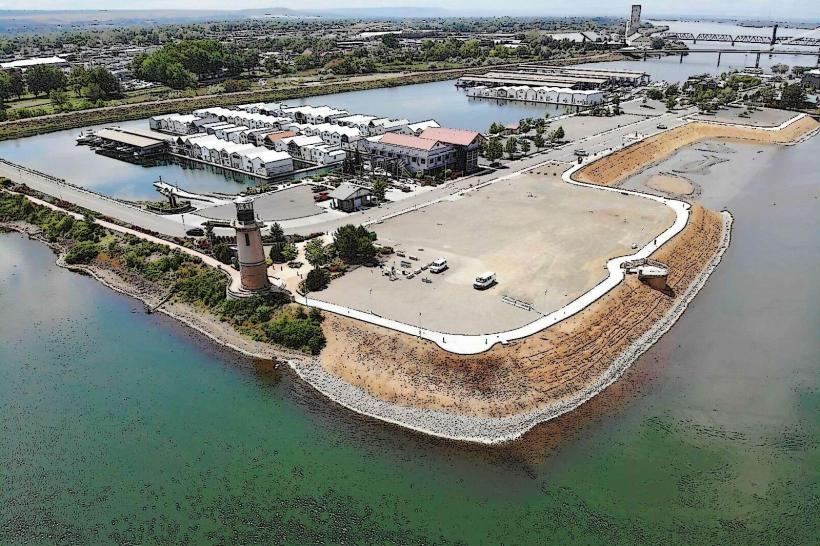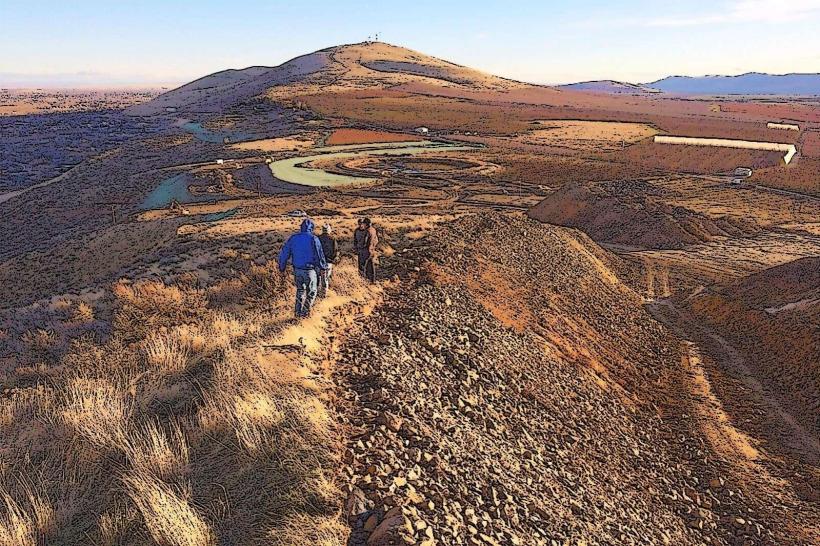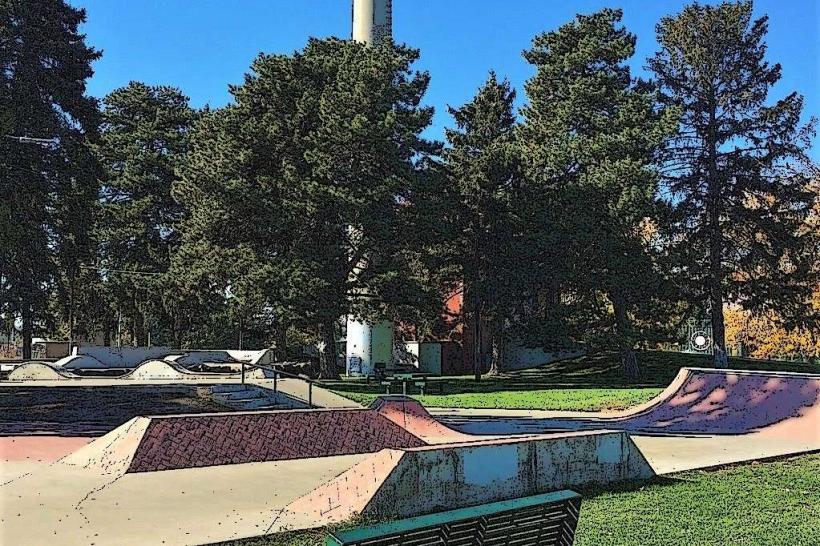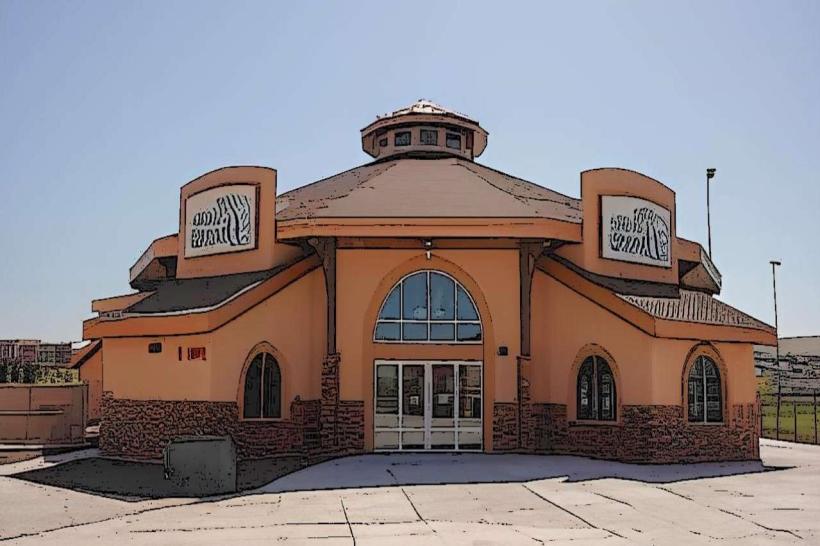Information
Landmark: Red Mountain AVA (American Viticultural Area)City: Kennewick
Country: USA Washington
Continent: North America
Red Mountain AVA (American Viticultural Area), Kennewick, USA Washington, North America
Overview
Red Mountain AVA, the smallest wine region in Washington State, ranks among its most prestigious, known for bold, finely structured reds that have earned high praise across the Pacific Northwest, while red Mountain may span only about 4,040 acres, but its mix of distinctive soils, sun-warmed slopes, and careful vineyard work has built a stellar reputation for quality.It sits tucked inside both the Columbia Valley and Yakima Valley AVAs, in Benton County, between Benton City’s quiet streets and West Richland’s orchards in south‑central Washington, equally important red Mountain AVA’s character starts with its land-rolling slopes baked under hours of dry, southern sun.The AVA covers the sun-warmed, south-facing slopes of Red Mountain, a bold ridge that lifts abruptly above the flat expanse of the Columbia Basin, on top of that the mountain rises between about 600 and 1,200 feet above sea level, and its sun-baked southwest slopes-often warm enough to smell the dusty earth-provide the heat grapes need to ripen in the region’s cool climate.You know, The region’s climate is a continental desert, with summers that stay boiling and dry-daytime highs often reach about 90°F (32°C), the kind of heat that ripens grape berries until they’re sweet and full of flavor, at the same time cool nights often dip below 50°F (10°C), the kind of crisp air that keeps grapes dazzling with acidity and deepens their flavor, almost With just 5 to 7 inches of rain a year-barely enough to dampen the dust-natural moisture is rare, so farmers have to rely on careful irrigation, alternatively most of the water comes from the Yakima River, keeping the vines well-hydrated but never flooded, so the grapes hold their rich, concentrated flavor.Steady southwest winds keep the air moving through the vineyards, carrying away the damp, still pockets that invite frost and fungus, what’s more this mix of climate stretches the growing season and lets the grapes ripen slowly, a key to reaching that perfect balance of sugar, acidity, and rich phenolic depth.The soils of Red Mountain AVA-gritty, sun-baked, and rich with minerals-are among the area’s most defining features, after that they’re mostly made up of sandy loam and gravel-soils that let rain slip through quickly, keeping roots dry and pushing the vines to dig deep for moisture and nutrients.Packed with calcium carbonate, this mineral-rich layer pushes soil pH higher, shaping how vigorously the vines grow and even the flavor of the grapes, from their sparkling acidity to a hint of chalk on the finish, after that the soil’s thin, nutrient-poor texture puts the vines under just enough stress to keep them from growing too many leaves, letting the fruit ripen with concentrated flavors-like berries warmed in the late afternoon sun.Because of these soil traits, the vines produce smaller berries with thicker skins, the kind that pack the wine with deep color, firm tannins, and rich, lingering flavor, to boot the mix of gravel and sand lets roots spread deep and drains water quickly, both crucial for strong vines in the dry, sun-baked climate.On Red Mountain, most vines are red grapes, and Cabernet Sauvignon alone covers roughly 60% of the land-its gloomy clusters ripen under the warm, dry sun, also in Red Mountain’s soils and sun, this grape flourishes, yielding wines with inky color, firm tannins, and layers of dim fruit-blackberry, cassis, ripe plum-woven with cedar, a hint of tobacco, and the faint grit of mineral on the finish, partially Other necessary grapes in the AVA include Merlot, which brings a soft touch and ripe, plummy fruit to blends, or shines on its own with a rich, welcoming texture, in addition syrah packs a punch with peppery spice, ripe blackberries, and a whisper of smoke, flourishing under warm, dry skies.From what I can see, Cabernet Franc carries a layered bouquet, weaving in soft violet notes and a whisper of fresh green herbs, simultaneously malbec and Petit Verdot add rich color, firm tannins, and deep flavor, often finding their setting in a blend like a dim splash in a painter’s palette.Sangiovese is a rarer grape that brings lively acidity and the taste of fresh cherries, likewise red Mountain wines pack bold structure, deep richness, and the kind of aging potential that lets them rest for years while their flavors deepen like dim cherries in late summer.With ripe tannins, lively acidity, and dense fruit at its core, many wines gain richer layers as they rest for years in the cool, dim cellar, therefore in Red Mountain’s dry climate, vineyard crews must time irrigation with care, aiming to mimic a gentle spring rain while steering clear of soaked, heavy soil.Growers often guide the vines toward the sun, especially along warm southwest-facing slopes, so each cluster ripens evenly under the afternoon light, after that growers manage the canopy to keep leaves in check, shielding grapes from sun scorch while still letting light and fresh air slip between the clusters.Because the soil’s fertility is low, the vines don’t grow wildly; instead, they yield smaller harvests packed with richer, more intense fruit-like berries warmed in the afternoon sun, then many vineyards use sustainable, precision farming to keep the soil rich, save every drop of water, and let wildflowers and bees thrive.Winemakers work with Red Mountain grapes, rich in dense phenolics, using fermentation and aging techniques that deepen the wine’s structure and draw out layered complexity, like a leisurely swirl releasing dusky cherry aromas, also winemakers often age their wines in French oak barrels, letting the wood infuse warm notes of vanilla, a hint of spice, and a smooth, velvety texture.Red Mountain officially became an AVA in 2001, thanks in large part to local trailblazers like Lorne Jacobson of Hedges Cellars, who saw its rare qualities-sun‑warmed slopes, steady breezes-long before others did, while since then, the AVA has climbed expeditious, earning a strong area in Washington’s wine scene and catching attention abroad-its bold reds turning heads from Seattle to Paris.Frankly, Winemakers from local vineyards to far-off corners of Washington chase Red Mountain grapes, prized for their rich, sun-warmed flavor, and they often end up in some of the state’s most celebrated bottles, what’s more the region’s reputation shines worldwide, thanks to wines like Quilceda Creek’s Cabernet Sauvignon, a rich, dusky pour that’s earned several flawless 100-point scores from top critics.This praise cements Red Mountain’s region as a top source for exceptional red wine grapes, the kind that arrive plump and sun-warmed straight from the vine, on top of that more than fifteen wineries draw fruit from the Red Mountain AVA, among them well-known names like Hedges Cellars, Garnier Vineyards, and Abeja Winery-as well as Ciel du Cheval, a vineyard celebrated for its exceptional grapes.As you can see, Many open their doors for tastings and tours, so visitors can swirl a glass, breathe in the warm sage-scented air, and discover how the land shapes each bottle, and thanks to its petite footprint, the Red Mountain AVA delivers a standout wine getaway, where you can stroll between sun‑warmed vineyards in minutes.In one day, you can wander through several wineries, take in rows of sunlit vines stretching toward the hills, and venture out to the Columbia River Gorge or the Yakima Valley, furthermore red Mountain AVA shines as a gem in Washington’s wine country, minute in size yet known far and wide for its bold, sun-soaked wines, loosely With its fiery, dry air and soil that lets rain slip away quickly, the location practically bakes under the sun.
Author: Tourist Landmarks
Date: 2025-10-05

